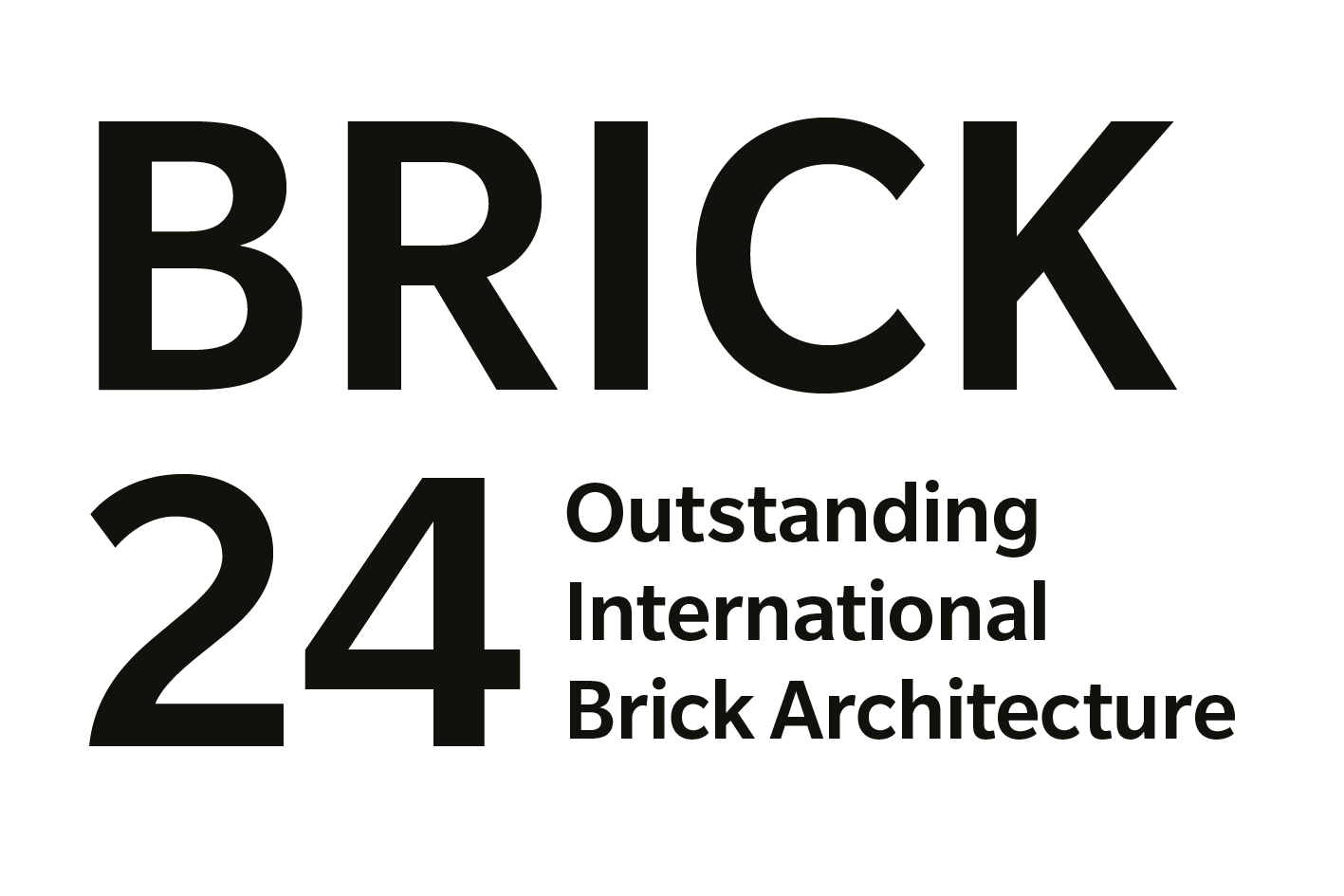The Paracelsus Bad & Kurhaus in Salzburg is a visionary architectural project in the heart of the historic city of Salzburg. The building’s outstanding impact is a result of the dialogue between the new spaces and existing surroundings: In terms of urban design, the Paracelsus Bad & Kurhaus forms a joint between the late 19th century block structures of Auerspergstraße, the open development along Schwarzstraße, the landscape of the Kurgarten and the Mirabellgarten. It is situated in the historic center of Salzburg. The six-story building houses a twenty-five-meter-long sports pool, a four-meter-deep diving pool, tube slides and children’s pools, a spa and rehabilitative treatment centre. On the roof lies a sauna area with infinity pool. The building is clad on the outside in white ceramic vertical blinds, not unlike Le Corbusier’s famous brise-soleils. Their rhythm is interrupted on the third-floor level, where the curving, panoramic window provides views to the surrounding park and town for the pool visitors. Indoors, similar white ceramic modular tiles cover the undulating ceiling, which culminates in a circular light well that pierces through two floors. Making use of the parametric architectural language of today, the space refers also to the typology of modernist swimming pools - through its uninterrupted span of the ceiling and the natural skylight that remains hidden at first. It scores with a number of high-tech solutions that help to utilize waste heat within the building or use ventilation for an optimal indoor climate. The vertical ceramic louvers that wrap the building also perform a role as "sun blockers" and prevent overheating in the summer months.
The architects Berger + Parkkinen wanted to offer a unique combination of physical relaxation and cultural inspiration.
Location
Auerspergstraße 2, 5020 Salzburg
Program
The tour started with a welcome by Claudia Neeser (guiding architects-munich). Afterwards, architect Alfred Berger (Berger + Parkkinen Architekten, Vienna) explained the design of the Paracelsusbad, before visiting the swimming pool and sauna area.
Language German


.jpg)



.jpg)
.jpg)
.jpg)
.jpg)
.jpg)
.jpg)
.jpg)
.jpg)




.jpg)
.jpg)
.jpg)
.jpg)
.jpg)
.jpg)
.jpg)
.jpg)




.jpg)
.jpg)
.jpg)
.jpg)
.jpg)
.jpg)
.jpg)
.jpg)
.jpg)



.jpg)
.jpg)
.jpg)
.jpg)
.jpg)
.jpg)
.jpg)
.jpg)


















